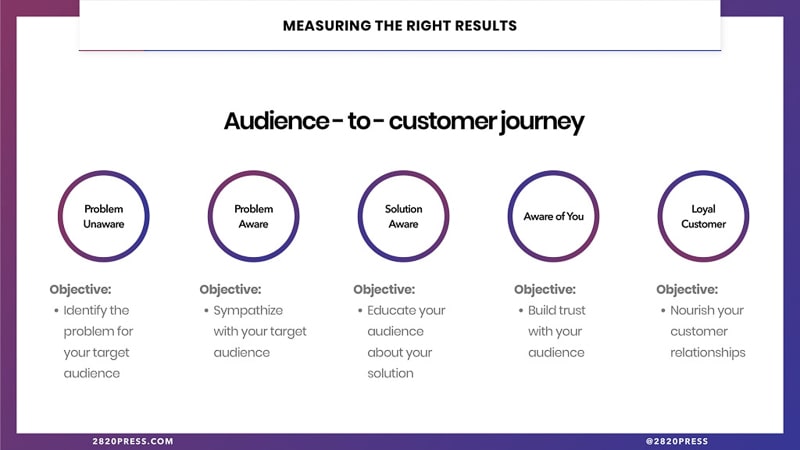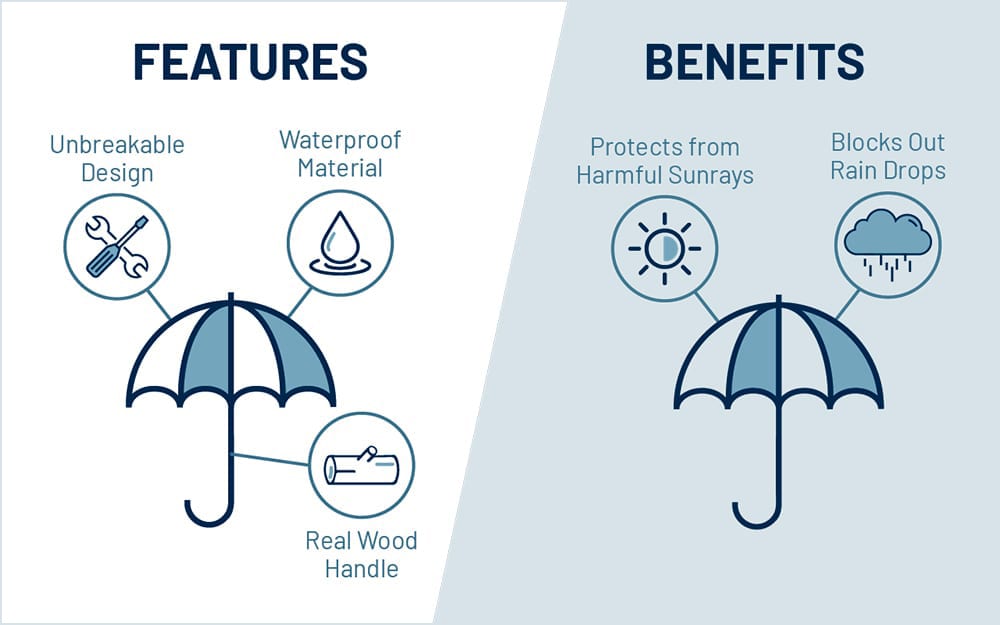When it comes to developing a website, it’s important to have a clear understanding of what you want the final product to look like and what features it should have. This is where website requirements come in. By clearly outlining your requirements, you can ensure that the development process runs smoothly and that the end result meets your expectations.
Here are some tips for writing effective website requirements:
1. Start with a clear goal in mind.
Before you begin writing your requirements, think about the purpose of your website and what you want it to achieve. This could be anything from increasing sales to providing information to a specific audience.
2. Identify your target audience.
Who will be visiting your website? Knowing your target audience will help you to tailor your requirements to their specific needs and preferences.

3. Make a list of must-have features.
Consider what features are essential for your website and make sure they are included in your requirements. For example, if you are building an e-commerce site, you will need a shopping cart and a secure checkout process.

4. Think about the user experience.
Your website should be easy to navigate and use. Consider how users will interact with your site and what types of content and features will be most important to them.

5. Consider technical requirements.
Think about the technical aspects of your website, such as the platform it will be built on and the type of hosting you will need. Make sure your requirements take these factors into account.

6. Be specific and detailed.
Your requirements should be as specific and detailed as possible. For example, instead of simply saying “the website should be visually appealing,” specify the types of colors and fonts you want to use.
7. Keep it flexible.
Remember that the development process is not always a one-way street, and changes may be necessary. Your requirements should be flexible enough to accommodate these changes.
Conclusion
By following these tips, you can write clear and effective website requirements that will help ensure a successful development process and a final product that meets your needs.
It is important to note that the process of writing the requirements for a website is a iterative process, it is important to work closely with the development team and review your requirements regularly to make sure that they align with your goals and the development process.


